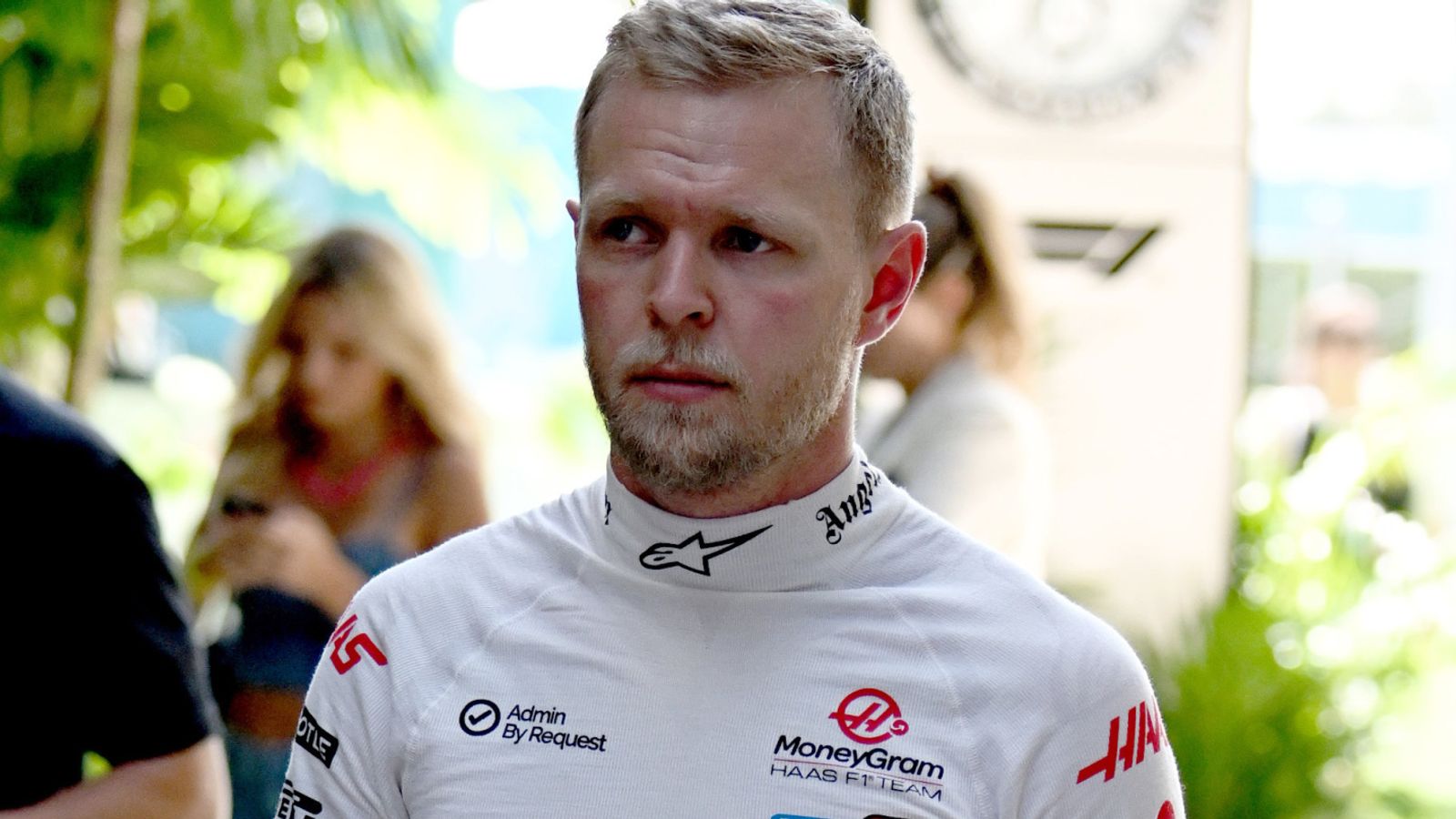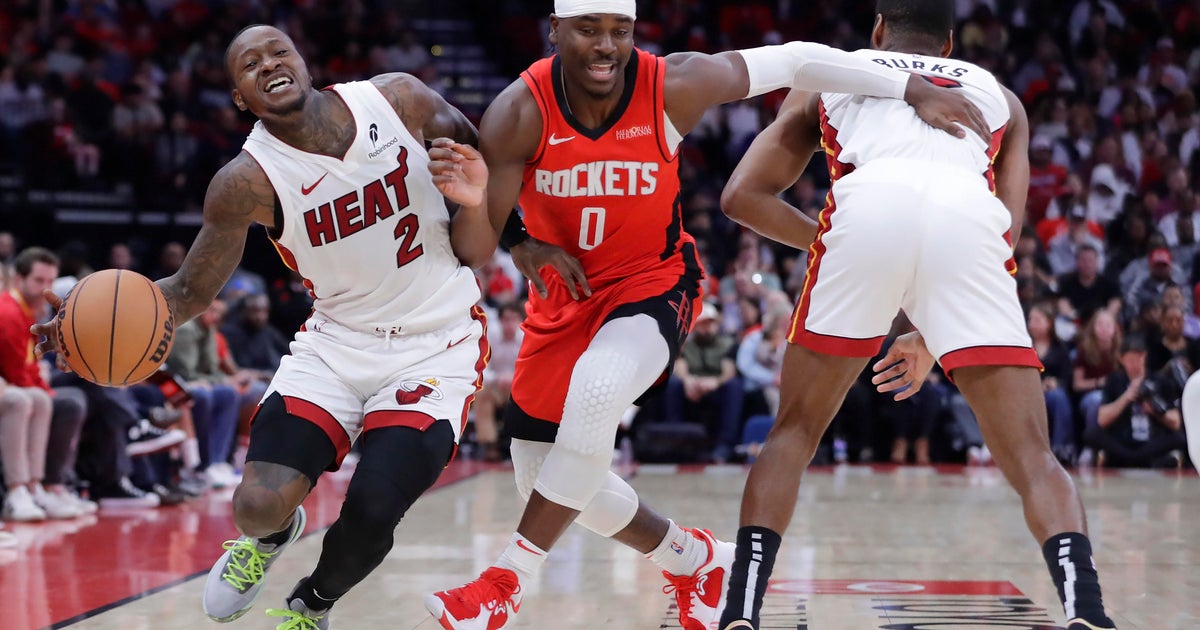Four takeaways from Donald Trump’s arraignment in Miami
Trump traveled from his Dural golf resort to the Miami federal courthouse, where his motorcade pulled into an underground parking area and out of sight. Soon after, he surrendered to officials who put him under arrest and fingerprinted him. He then went to a courtroom on the 13th floor, heard the 37 counts against him related to the alleged mishandling of classified documents, and pleaded not guilty. He wore a dark suit, a red tie, and a sour expression. Special Prosecutor Jack Smith was in the courtroom and didn’t say a word. He simply stared at Trump much of the time.
The details above are all from journalists who got seats in the courtroom. No cell phones were allowed, much less television cameras.
After two hours in the courthouse, Trump got back into his motorcade and drove to Versailles, a well-known Cuban restaurant in the heart of Miami’s Little Havana. There, religious leaders prayed over the former president before he told the assembled crowd there would be “food for everyone.” Notably, while his supporters were on hand, his wife, Melania, was not. She was, reportedly, back in New York.
There were four takeaways from Trump’s arraignment in Miami.
The gap between the court of law and the court of public opinion was wide
What was clear Tuesday was that there was a legal track and, separately, a campaign track to the day’s events. Trump couldn’t control much of the legal part, but he could direct the politics. Importantly, he didn’t question the premise of the charges against him to his supporters. He didn’t claim he never had the documents he was accused of having. Nor did he say that the photographs in the indictment were doctored, or that the recordings of him saying some pretty damning things related to the case were fake.
Instead, to supporters and on his social media feed, Trump focused on his larger political argument. That he is a victim for being targeted in the first place. That he is fighting for the little guy. In the coming days, he will likely solidify these themes and try to win the political argument about the charges.
The legal battle may be less promising.
There were O.J. Simpson-like moments
If Americans turned on the television Tuesday afternoon, the most they saw of Trump was his car moving slowly down the freeway. It was a bit reminiscent of the scene nearly 30 years ago when O.J. Simpson’s white Ford Bronco slowly made its way through Southern California. In both cases, television helicopters captured the drives live for commentators to talk over.
Beyond the standup shots for television correspondents with peaceful protests behind them, and the brief Versailles bakery appearance, that was the action of the big day.
There was no iconic image to mark the historic day
News events are largely remembered for an image. The jagged, smoking rubble after the towers fell on 9/11. The devastating floodwaters surrounding the SuperDome after Hurricane Katrina. White nationalists bearing tiki torches in Charlottesville. COVID will be memorialized by images of people wearing masks.
Trump’s indictment Tuesday made history, but because it took place behind closed doors, there may be few powerful images to memorialize it.
The process was peaceful and dignified
Critics of the indictment say this is proof America is now a banana republic. But that’s far from the case.
Trump was afforded a dignified appearance. His motorcade shut down streets. There were no cameras making a spectacle of him inside the courthouse. It was reported on by members of the press, who sat in the courtroom.
Outside, Trump’s supporters and critics could exercise their First Amendment rights and did so peacefully as law enforcement looked on and investigated anything that looked suspicious.
And the legal process, as dictated by the laws of the United States, was adhered to.
James Pindell can be reached at james.pindell@globe.com. Follow him on Twitter @jamespindell and on Instagram @jameswpindell.


